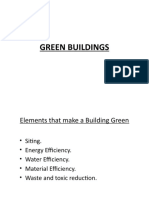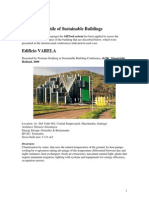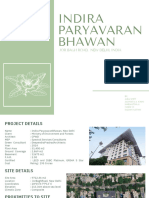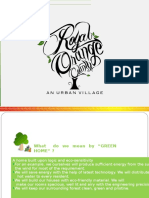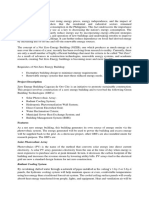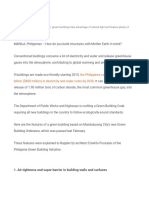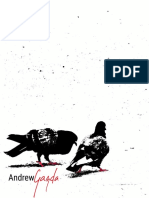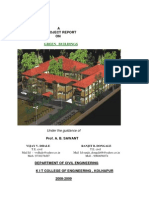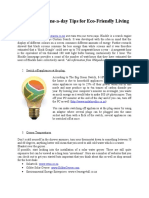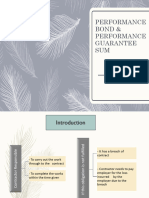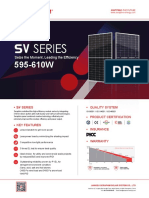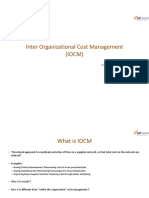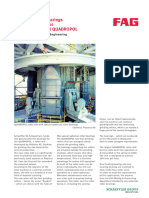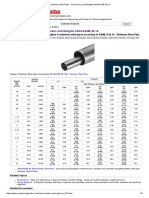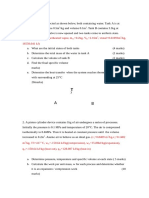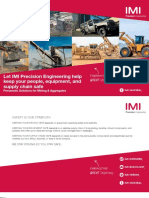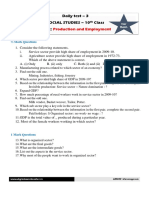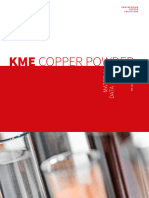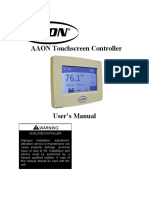0% found this document useful (0 votes)
166 views10 pagesGROUP 1-Assignment 2
The document provides details on proposed sustainable upgrades to the Apartment Alam Budiman in Setia Alam, Malaysia. The upgrades include:
1) Installing LED lighting and lighting control systems like occupancy sensors and light sensors.
2) Replacing air conditioners with inverter air conditioners.
3) Establishing a recycling center with bins for different waste types.
4) Implementing a rainwater harvesting system to collect and store rainwater from the roof.
5) Using water displacement methods like bottles in toilet tanks to reduce water usage.
6) Replacing facing brick walls with VOC paint and insulating the flat roof with rigid insulation boards.
Uploaded by
WAN ADLI WAN SHARIFUDZILLAHCopyright
© © All Rights Reserved
We take content rights seriously. If you suspect this is your content, claim it here.
Available Formats
Download as PDF, TXT or read online on Scribd
0% found this document useful (0 votes)
166 views10 pagesGROUP 1-Assignment 2
The document provides details on proposed sustainable upgrades to the Apartment Alam Budiman in Setia Alam, Malaysia. The upgrades include:
1) Installing LED lighting and lighting control systems like occupancy sensors and light sensors.
2) Replacing air conditioners with inverter air conditioners.
3) Establishing a recycling center with bins for different waste types.
4) Implementing a rainwater harvesting system to collect and store rainwater from the roof.
5) Using water displacement methods like bottles in toilet tanks to reduce water usage.
6) Replacing facing brick walls with VOC paint and insulating the flat roof with rigid insulation boards.
Uploaded by
WAN ADLI WAN SHARIFUDZILLAHCopyright
© © All Rights Reserved
We take content rights seriously. If you suspect this is your content, claim it here.
Available Formats
Download as PDF, TXT or read online on Scribd
/ 10














